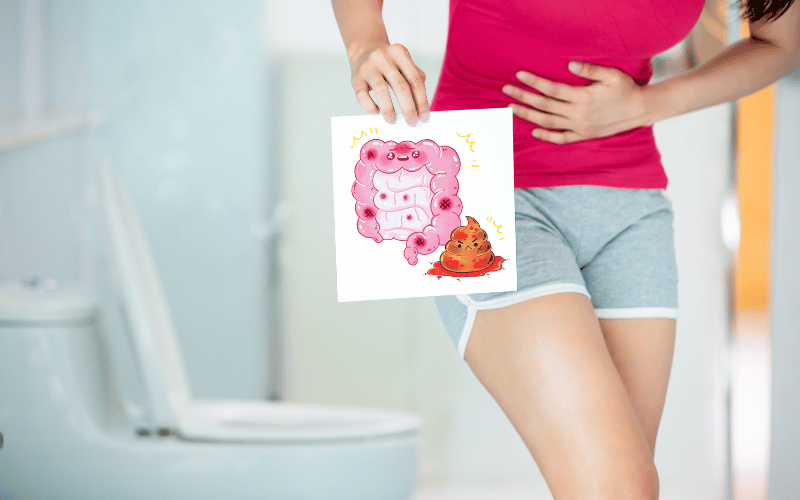2. Bloody Stools: The Alarming Red Flag

The appearance of blood in stools, often described as a “currant jelly” appearance, is another dominant symptom of intussusception. The reason behind this specific description is the presence of both blood and mucus in the stool, giving it a unique consistency and appearance.
When intussusception occurs, the blood supply to the affected part of the intestine may get compromised. As a result, the intestinal lining may start to shed, leading to the presence of blood and mucus in the stools. Over time, as the condition progresses, this can become more pronounced, causing more concern.
However, not every instance of bloody stools can be chalked up to intussusception. Dietary choices, minor rectal injuries, or other infections can sometimes lead to blood in stools. But the “currant jelly” appearance is relatively specific to intussusception and a handful of other severe conditions.
The body is resilient, but certain symptoms serve as urgent cries for attention. The presence of bloody stools, especially in infants and young children, is undoubtedly one such cry. It’s the body’s way of signaling that something within the digestive system is amiss and needs addressing.
What makes this symptom particularly challenging is its potential variability. Some children may present with very obvious bloody stools, while others may have subtle indications. Regardless of the intensity, the appearance of blood in stools should always be taken seriously and noted. (2)